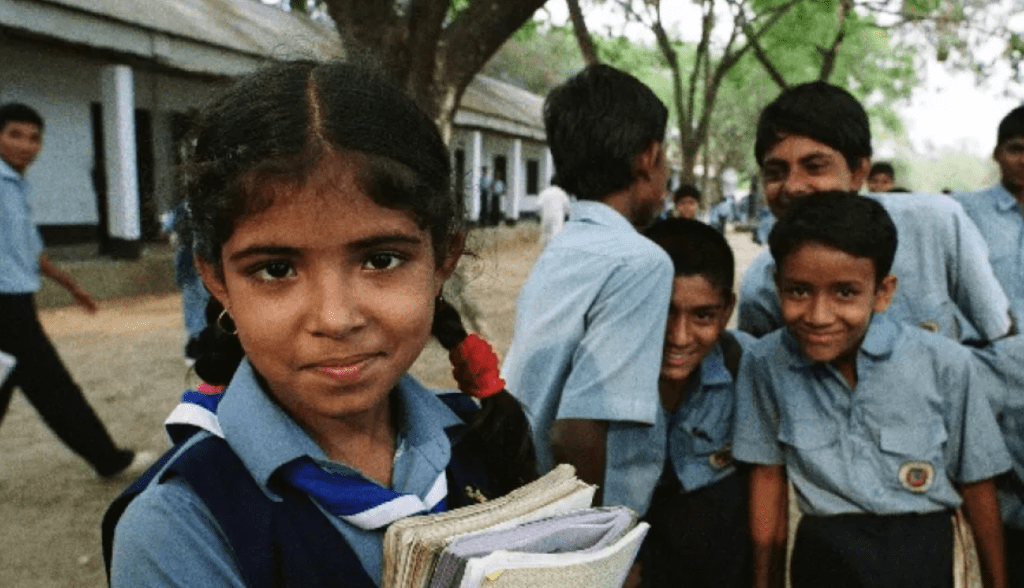Keywords: Safe Learning, Child Safety, Violence in Schools, Global Initiative, World Bank

Introduction
For learning to take place, a child must feel safe. If a child fears what might happen in school or experiences violence on their way to school, learning becomes impossible. Given the alarming figures showing that over half of school-going children experience violence from their peers and that over 500 million girls and boys worldwide experience some form of violence every year, the need for urgent action is evident. By recognizing this problem systematically and seeking ways to strengthen violence prevention in our ongoing and future work, we can make a difference.
The Safe to Learn Movement
Last week in New York, over ten leaders signed the ‘Safe to Learn Movement’ charter, showing their organizations’ commitment to raising awareness of violence in and around schools and adding momentum to the initiative’s implementation. The World Bank has been part of this movement from the beginning, along with UNICEF, the UK Department for International Development, and the Global Partnership to End Violence, responding to a call to action already signed by 11 countries.
A Comprehensive Tool for Safe Learning
To enhance the real-world impact of this movement, the World Bank has also been involved in the development of a comprehensive Safe Learning diagnostic tool. This tool aims to ensure a safe learning experience for all children and assist nations in identifying assets and gaps from the policy and legislative level down to the school level.
The tool will extend the reach of this movement from a global level to a national level, assessing local progress. It is currently being finalized and will be piloted in five countries: Nepal, Jordan, Pakistan, Uganda, and South Sudan. In Nepal, the World Bank and UNICEF will jointly apply this tool by the end of 2019 and then adjust their support program to reflect findings from its implementation.
Conclusion
Tackling the issue of violence in schools and creating a safe learning environment for children is paramount for their educational progress and mental health. Initiatives such as the ‘Safe to Learn Movement’ and the comprehensive Safe Learning diagnostic tool bring us a step closer to this goal. I invite you to join this conversation and share your thoughts, questions, and suggestions. Let’s work together in making schools a safe haven for our children. Keep an eye out for more updates on this critical issue!





